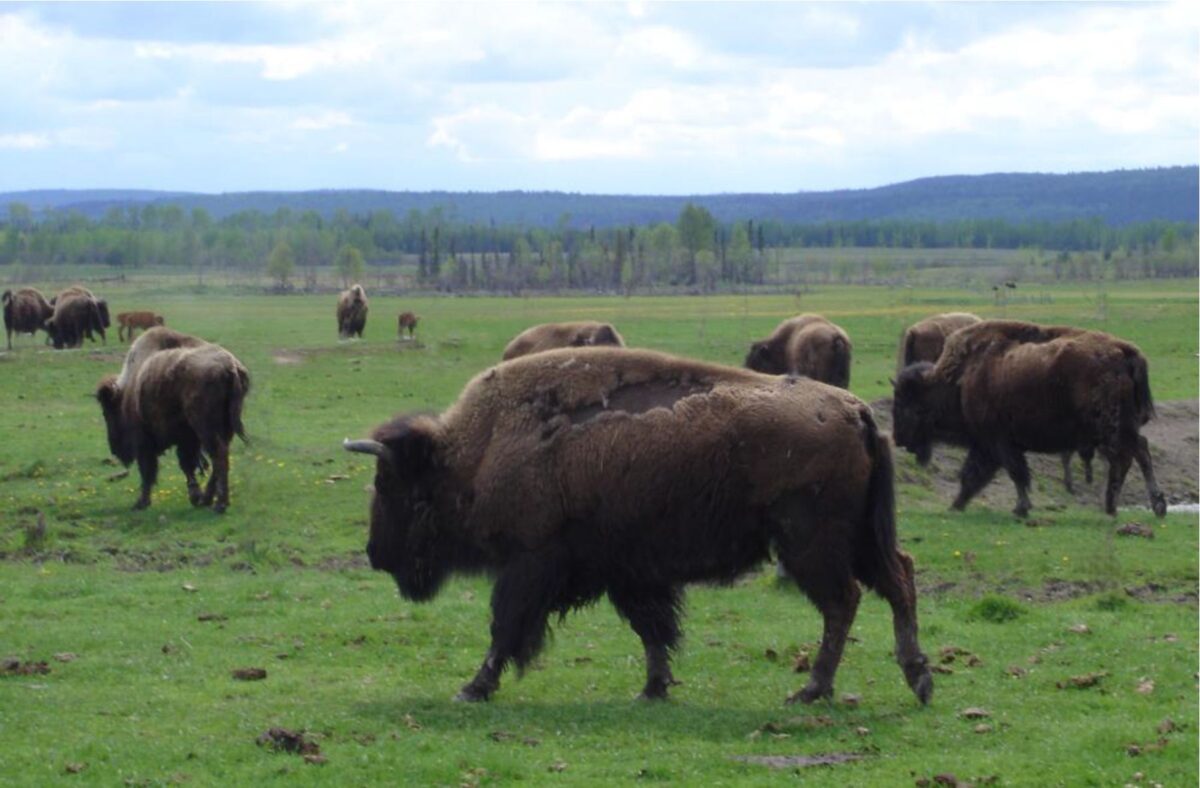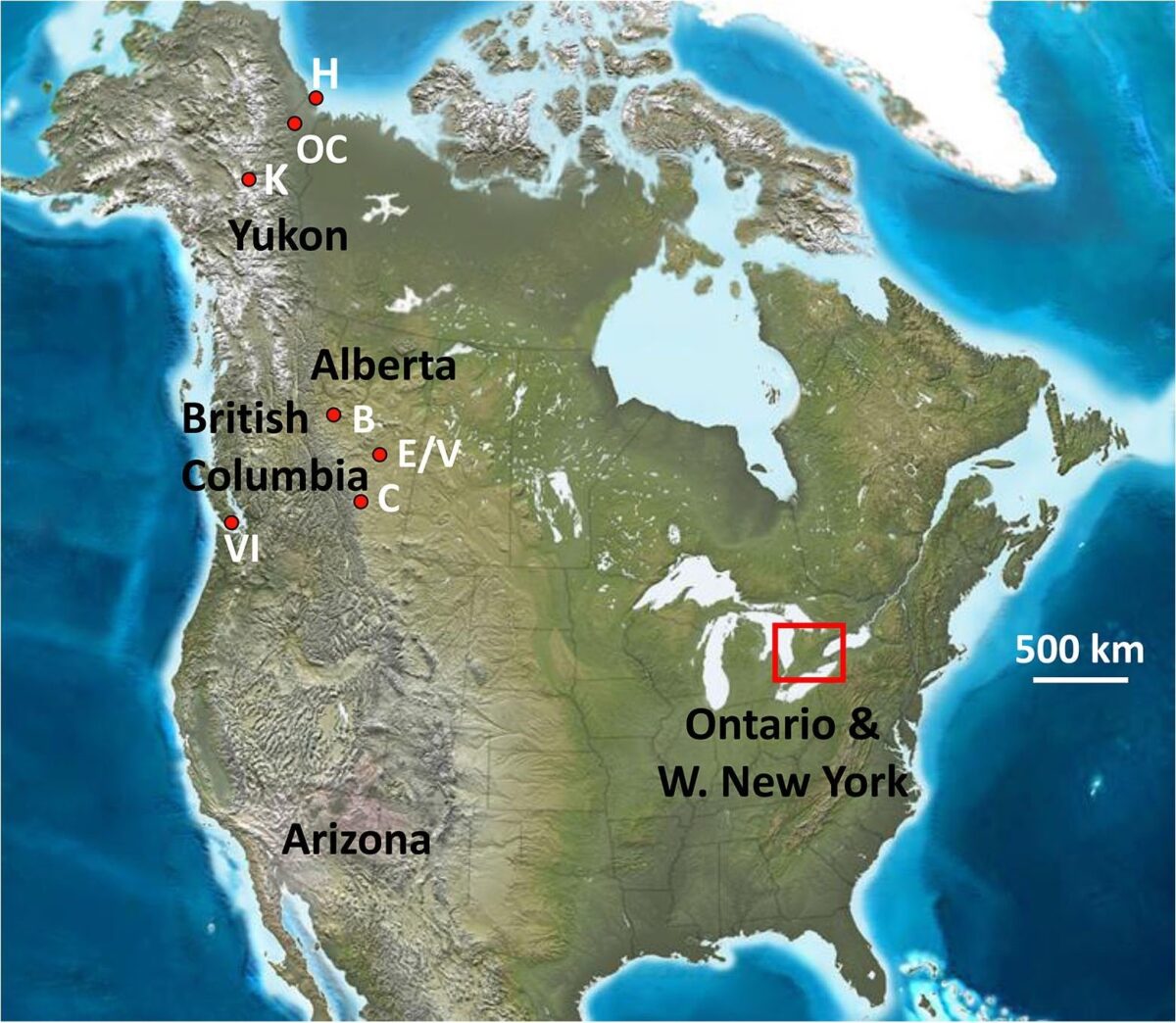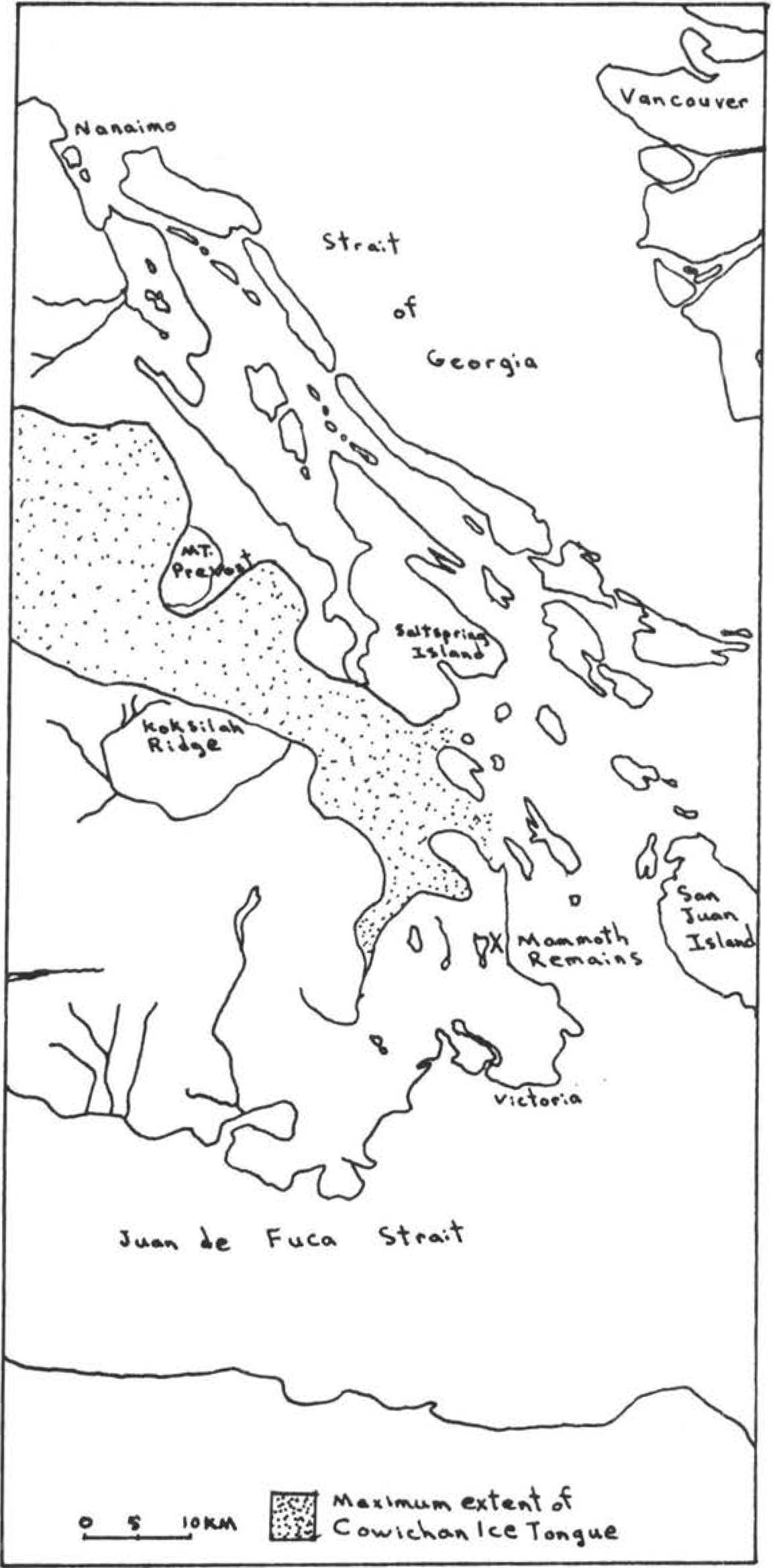
June 14, 2016. By Grant Keddie Large animals, such as mammoths, mastodons, horses and camels that roamed North America near the end of the ice age are referred to as mega-fauna. Why these large animals went extinct has been widely debated but answers are beginning to emerge. New information is showing the answer is more complex than previously thought. Both climate change and human hunting play a role at different times in different places. Expanding and Shrinking – Habitat and Genes Before the appearance of humans on the northern landscapes we see that ecosystem stability for animal species generally persisted over long periods of time. During repeated sudden climate changes over the last few hundred thousand years of the Pleistocene (2.6 … Continue reading “What Happened to the Mega Fauna?”



